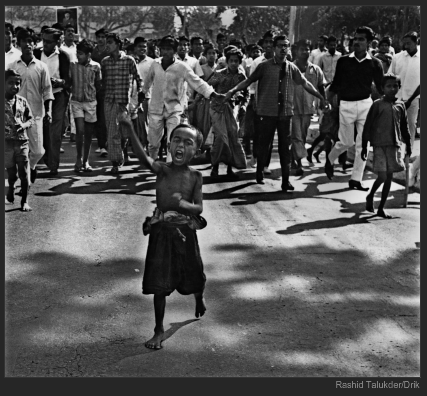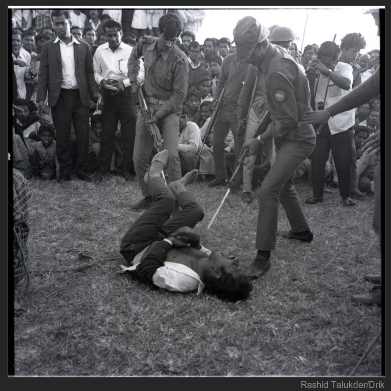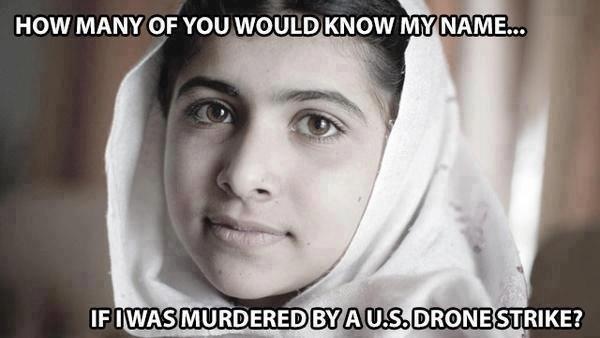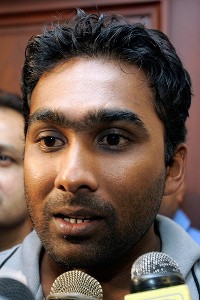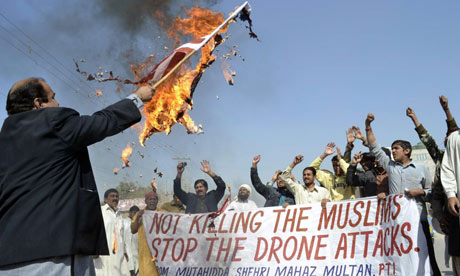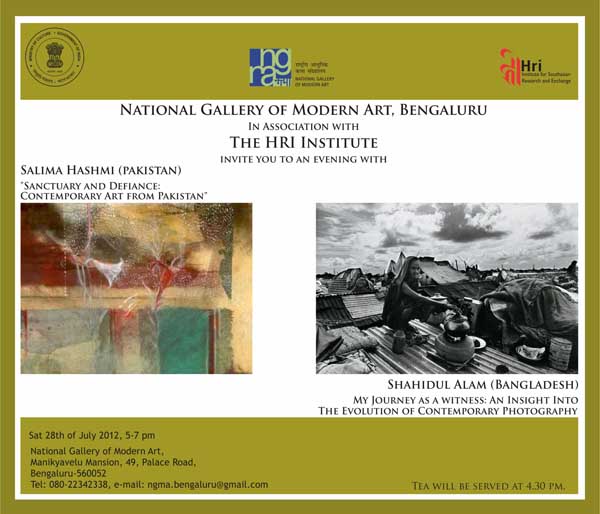By Pervez Hoodbhoy
Published: February 15, 2013
The writer retired as professor of physics from Quaid-e-Azam University, Islamabad
Shahbag Square ? where?s that? Abdul Kader Mullah ? who?s he?
A bunch of university students in Islamabad, with whom I was informally conversing yesterday, hadn?t heard of either. Of course, they knew of Tahrir Square and Afzal Guru?s recent execution. But they showed little interest upon learning that Shahbag Square was in Dhaka and that, as we spoke, the city was seething with protest. Between 100,000 to 500,000 Bengalis had converged to Shahbag to sing patriotic songs, recite poems and read out episodes from Bangladesh?s history of the Liberation War. At the centre of the protesters? demands was Abdul Kader Mullah?s fate.
On February 5, the Bangladesh International Crimes Tribunal (ICT) found Mullah guilty in five out of the six charges against him. Known as Mirpurer Koshai (Butcher of Mirpur) because of his atrocities against citizens in the Mirpur area of Dhaka, he was charged with beheading a poet, raping an 11-year-old girl and murdering 344 people. The ICT sentenced Mullah, presently assistant secretary general of the Bangladesh Jamaat-e-Islami, to life in prison. For the protesters in Shahbag Square, this isn?t enough ? they want Mullah hanged. On the other side, the Jamaat-e-Islami protested violently and also took out demonstrations. But its efforts to influence global opinion foundered in spite of a well-funded effort. Continue reading “Shahbag Square ? why we Pakistanis don?t know and don?t care”

